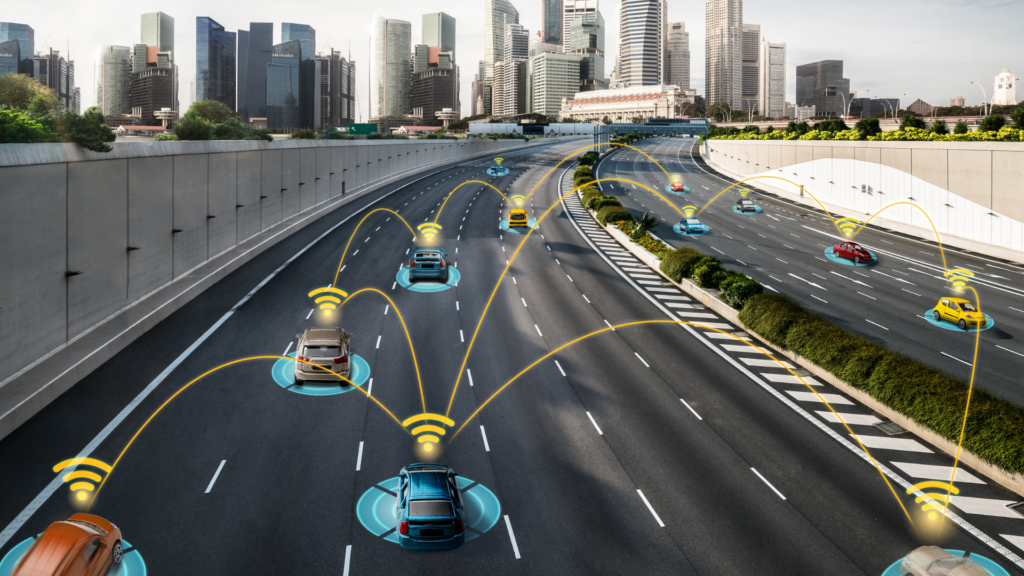Connected Vehicle Data
The new and common topic that vehicle manufacturers and technology companies deal with today is connected vehicle data. As the IoT revolution continues unabated, the concept of connected vehicles has begun to take place in every part of our lives. So what is connected vehicle data? How does it work? What are the benefits for drivers?
Connected vehicle data is the general name given to vehicles that use any of the various communication technologies to communicate with the driver, communicate with other cars on the road, or through various channels via infrastructures built on the roadside or cloud technology.
Nowadays, while this connection feature can be found in the standard equipment of new model vehicles, you can find various solutions for your needs in the market for vehicles that do not have this feature. There are several elements that you need to bring together to create a connected vehicle. These are internet-enabled devices, software solutions for connected vehicles, and of course, an internet connection. This process, which extends from the vehicle’s brain to receiving data from the GPS services of the devices or the phones of the drivers, to processing them in the relevant software and presenting them as a service to the end-users, forms the basis of the connected vehicle concept.

Benefits of Connected Vehicles
Automotive IoT Connectivity trends are transforming the relationship between OEMs and auto users. As the IoT revolution takes over the automotive industry, it transforms into a hub for IoT devices that generate and share large volumes of data about vehicles’ performance, their environment relations, connected third-party systems, driver behavior, auto service providers, and much more. Both manufacturers and third-party companies can read data from the vehicle and provide data such as driver score, fuel consumption values, and travel information to vehicle owners with mobile applications.
Predictive diagnostic solutions based on automotive IoT are designed to notify the driver of any future malfunctions in certain vehicle systems. Predictive maintenance systems continuously monitor, collect, record, transfer, analyze and evaluate data from in-vehicle sensors in sync with various vehicle parts to track functional measurements of the vehicle.

The vehicle’s sensors collect data such as engine temperature, speed, acceleration value, tire pressure, fuel level, engine oil, brake fluid level, emissions, and more. It evaluates them according to their ideal limits for the vehicle type and informs the drivers or immediately informs the operators of this situation analysis in case of any discrepancy.
The most important benefits are as follows:
- Hazard Warnings: Informing drivers of dangerous situations that may occur, including traffic accidents, and bad weather.
- Avoidance of Collisions: A vehicle can constantly monitor the environment, thus attracting the attention of the driver, to provide enhanced vehicle safety for driving without any collision situations.
- Viewing and Monitoring: To be able to follow the locations that the drivers visited during the day, including their past journeys.
- Reduced Need for New Infrastructure: By managing traffic flow, self-driving systems can reduce the need to build new infrastructures and reduce maintenance costs.
- Reporting: To be able to monitor personnel performance with solutions that can work integrated with your customer management applications. To make reports that allow you to view the consumption information and other expenses of your fleet.
- Travel Time Reliability: Connected vehicle data can significantly reduce uncertainty in travel times by predicting travel times on all routes in real-time.
- Insurance: Data collected from connected vehicles help insurance companies to develop different pricing strategies based on driver behavior. In addition, the data help to annihilate the ambiguity in insurance procedures after an accident by providing real-time and place-based videos.
Connected vehicle solutions are used in more and more businesses every day, and thanks to real-time data from the field, businesses can increase their competitiveness by saving labor and fleet costs to a large extent.
GET UPDATES
To help us respond to your message, please provide us with some more information.